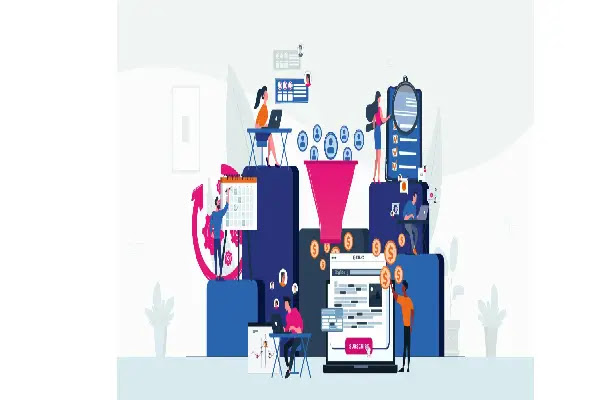Featured
- Get link
- X
- Other Apps
decision making framework
What is a decision-making framework?
A decision-making framework looks at the cause and effect
relationship and helps a person make the best possible decision on stage. What
any decision-making framework does is make it easy to choose an idea that has
the fewest negative consequences. The process allows you to analyze the
situation and reject ideas with the worst effects.
A decision-making framework involves analyzing causes and
effects and determining the best possible outcome, given the situation. There
are different ways of reaching a decision, and these "paths" are the
frameworks for decision making. They help leaders make high-impact decisions.
Our life is the snowballing effect of the decisions we have
made so far. All decisions need the right context to support them.
Each decision has two sets of ideas. These ideas are almost
always opposed to each other.
What a good decision maker must do is understand the ideas,
integrate them and propose a third idea.
This third or new idea is a single grouping of the best
parts of the original and opposing ideas. The question now is by what means to
do this. This is where the managerial framework comes into play.

Development of a decision-making agenda
The development of a decision-making framework begins through
the study of the development and design process that includes all the decisions
that directly or indirectly influence the productivity of the organization.
After detecting the key decisions, the decision framework
can be developed to provide a more complete and holistic understanding of how
critical decisions can be influenced by the many factors and associated
decision support tools.
To better understand the process, let's gross a look at the
types of decision-making frameworks:
Different types of decision frameworks
Different people adopt different decision-making methods.
The decision-making framework that each individual uses is different in
different situations.
So there are many types of decision frameworks. The types of
decision-making frameworks mentioned here serve only as general guidelines in
determining a executive framework that works greatest for you and your precise
situation.
1. Integrative thinking
This method consists of accepting that there are multiple
solutions to the problem posed.
This policymaking framework is about integrating the best
solutions and coming up with the best possible solution.
2. Accept uncertainty
It deals more with decisions that will have a long-term
effect. Therefore, it is about the possibility of uncertainty. What you need towards
keep in mind is that the decision you make now is the first decision.
In the end, the long-term outcome is not entirely dependent
on the first decision you make. It also depends on other intermediate and less
critical decisions that you have made on the way to the result.
The vital thing now is that you can always do what you want
by making the right decisions between cause and desired effect. We cannot
control uncertainty.
Therefore, the best way is to accept the uncertainty and
move forward with the decision by addressing the controllable factors and doing
everything possible to control the uncontrollable factors.
The trick is to make the decision and believe that the
uncontrollable can be handled with the less critical decisions you make along
the way.
3. Work backwards
Most of the time, people approach problems only from a
future perspective.
Sometimes the reverse of this process also helps. Imagining
that the decision you make is a failure and wondering why it is a failure is a
great means to turn back time.
It will provide you with all possible scenarios to avoid and
finally make the right decision.
4. Regret Minimization Framework
As the name advises, this one aims to minimize regrets.
Think long term, not instant gratification.
Think nearby how you will feel when you turn 80. If you're
going to regret it at 80, you probably know what to decide. The point is, you
shouldn't regret your decision at a later date.
Thinking long-term allows you to disassociate yourself from
the immediate repercussions and focus on the long-term consequences. This will
help you minimize regrets later on and make the best decisions for yourself.
5. Circle of competence
It's about evaluating your strengths and working to improve
yourself rather than getting involved in various things.
- Get link
- X
- Other Apps

